Boxing to an experienced trainer and boxer is a complex science that combines foodwork, torso movement, explosiveness, punches, and much more—these aspects are what might be the reason why boxing is considered an actual sport.
To many however, boxing appears as a sports where two people exchange punches in a confined area. In essence this is true, but also an oversimplification.
This results in many misconceptions about the sport, mostly from following boxing as a form of entertainment.
Today, I’d like to clear up these misconceptions and explain what’s actually the case in boxing.
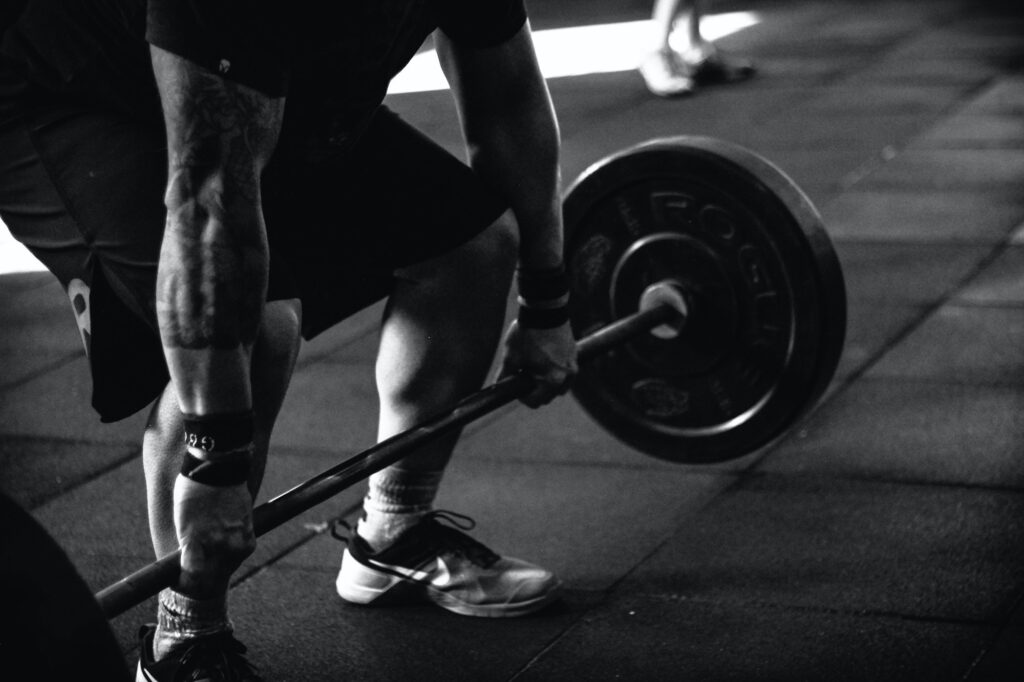
#1: The stronger you are, the harder you hit
A very, very, very untrue misconception, contrary to popular belief. This misconception actually lays at the heart of another misconception that punching power is generated in the hands or arms.
People associate strong arms and muscles with power, but that is completely inaccurate.
Majority of power is actually generated from the legs and hip twist. A great punch comes out of the movement of your entire body. By twisting the legs and hips, you can generate a lot more power than by extending/twisting your arms. Arms and precisely fists are just the tools that carry and land the power your body generates.
Having too much muscles like a bodybuilder sometimes actually makes you unable to throw a big punch, as it slows you down. It is a combination of explosiveness, speed, and proper movement that generates the power, not the muscles.
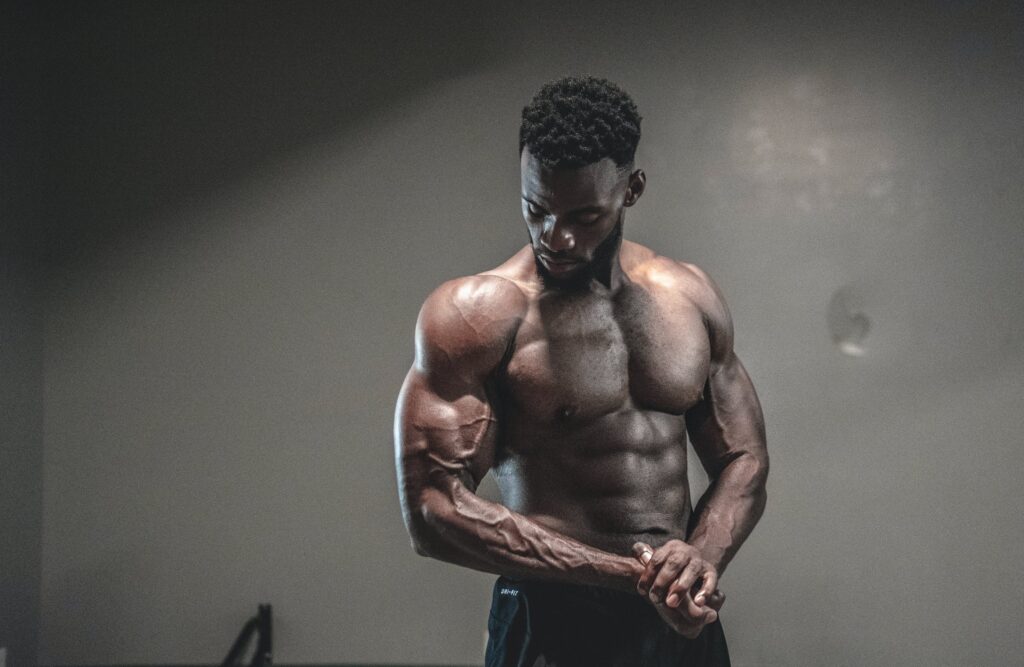
#2: There exists ideal body types for Boxing
Another misconception I often hear.
Well, yes, it is true that some body types might be slightly advantageous for certain situations—if you are tall and have a long reach, then it is an advantage for fighting on the outside. But at the end of the day, it really matters less than what people think. Everyone has his or her own style and with each style and body type comes certain advantages and disadvantages.
Short and bulky guys will not be able to fight at distance, but they have more power and often better movement and balance that make them deadly fighting on the inside. A classic example is Mike Tyson—one of the all-time great who was only 5’10’’ at heavyweight division.
And yes, A DAD BOD IS ANOTHER THING! Look at Andy Ruiz Jr.—fat and chubby, but the extra layer of fat and muscles is exactly the thing that protects him from body punches and what makes him able to take more. This thus makes him fight in a specific way.
It does not matter what your body type is!
What matters is how you use it and when to use it to your advantage. If you make your opponent fight your fight, then you are a killer!
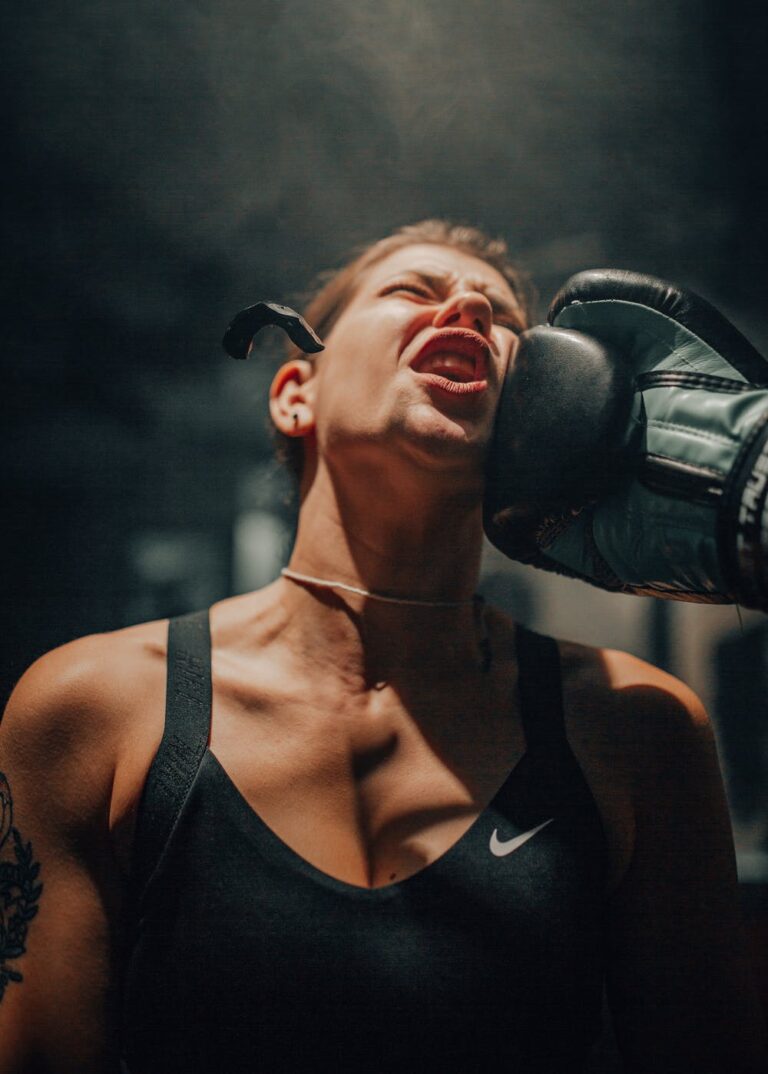
#3: Getting hit to your head hurts
It actually does not.
The thing that physically hurts are body punches—liver, ribs, kidneys, chest, and heart. Head punches make you dizzy, off-balance, or concuss you, but it is not the physical pain that makes you kneel down to the ground.
It is one of those things you cannot understand unless you have been in the ring.

#4: There are only six punches in Boxing
Jab, cross, left hook, right hook, left up and right up are not everything there is to boxing!
I am not going to start explaining the other punches as the visual representation is something one needs to understand them, but there is way more punches than that. For example, the stiff jab, short jab, long-range jab, crooked hooks, and crooked uppercuts. Believe me, it is way more complicated than one could think.
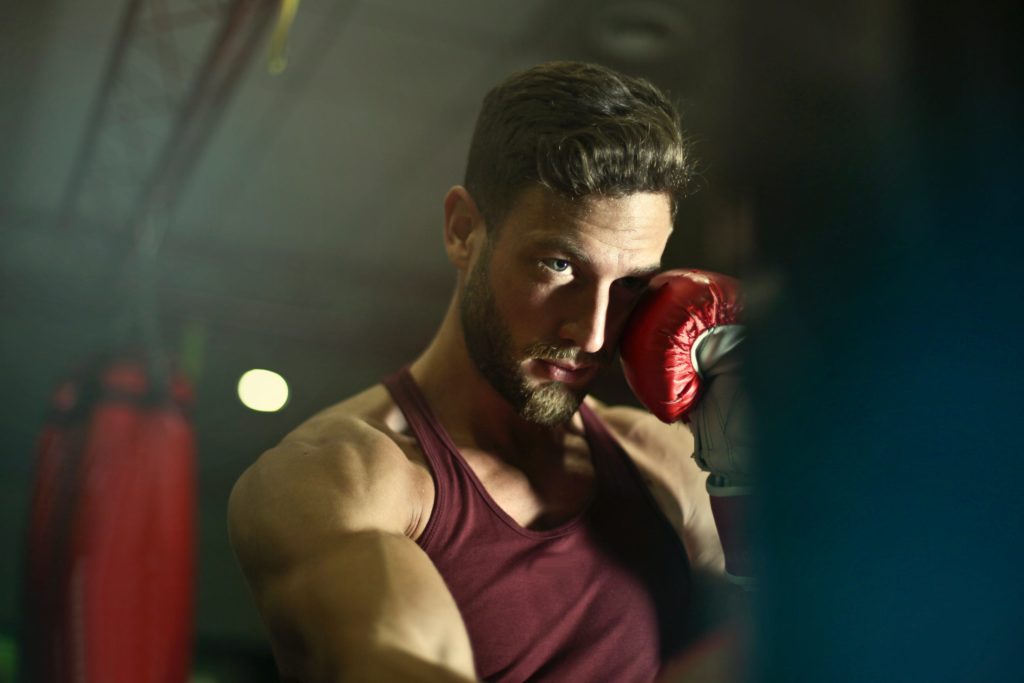
#5: Boxers only box
Very not true.
Big part of boxing that many people forget is the wrestling part that is inherent to boxing.
Actual boxing originates from the sport in which one wrestles and fights by using his or her hands. Clinching–which is an actual term that represents ‘wrestling’—is a massive part of every boxing bout and one could make a convincing case that it’s a discipline on its own. Fighters train clinching, train how to get out from the clinch, how to fight in the clinch, etc.

#6: Boxing is a bad sport for kids
I guess I see the reasons why majority of people would think so, although I do not think one can agree with that when one actually understands how boxing training works.
Of course, putting kids to fight at age of 7 is not the greatest idea, but that rarely happens! Majority of people start fighting/sparring in their teen years! Training classes for young kids can be actually very beneficial as boxing develops many muscles and strengthens a person both mentally and physically.
Boxing is not only great for you physically, such as cardio, movement, balance, and general strengthening, but also teaches you values such as humility, respect, and discipline. These are key things for a young boy or girl.

#7: Girls cannot fight
Oh man, you’re down for a big surprise.
The number of girls that I know that can beat my ass is bigger than the number of girls I ever got a number from (which is about 4) ☹😉.
Girls can be as good as guys—they are tough, fast, strong, and they can fight. So be careful who you talk smack at the club and do not ever cheat on a boxing girl (actually do not cheat on any girl you little weasel).
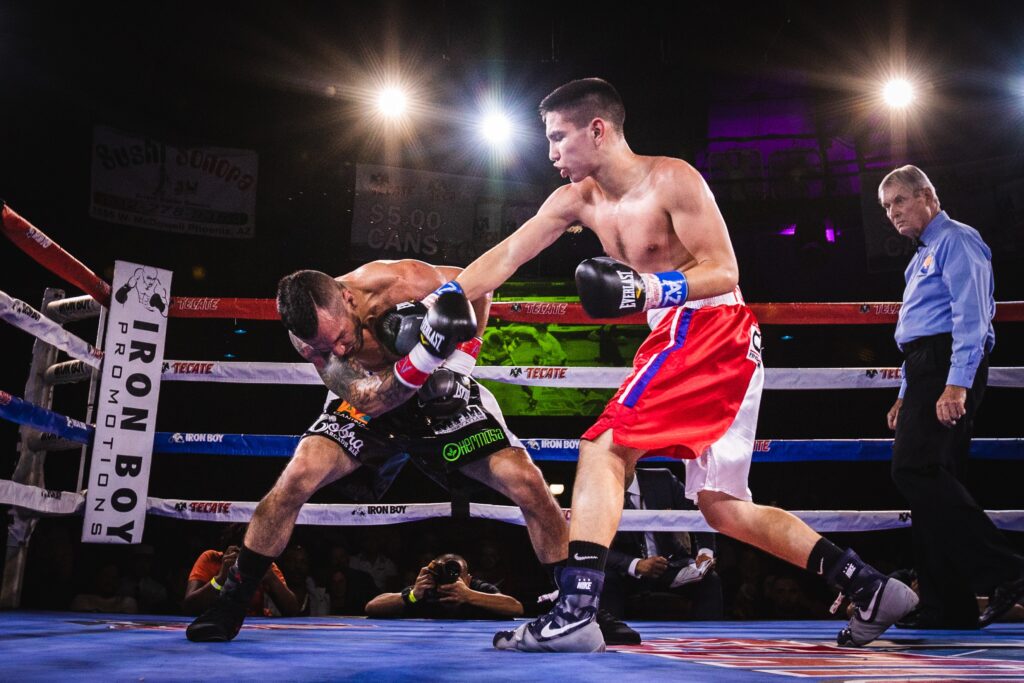
#8: Boxing is not the most dangerous sport out there—that’s MMA and Bareknuckle
Many people correctly realize that boxing is extremely dangerous, but they consider sports like bareknuckle fighting or MMA (that no doubt is similarly dangerous and violent) to be harsher.
Not true.
Let’s start with bareknuckle.
One might think that bareknuckle fighting is worse as you’re literally fighting with bare knuckles—but that fact actually makes the sport less dangerous. The difference is in the fact that hands are not protected—because of that, bareknuckle fighters throw a lot less punches than boxers. Yes, knockouts might look more brutal as more cuts and blood might be involved, but in the long run, bareknuckle fighters take way less damage than boxers. The long term damage to the head makes boxing a lot more dangerous.
Same goes with MMA—it might seem dangerous as you have knee punches, kicks, elbows, arm bars, and other things that are can cause way more damage than a fist. But the key difference is that the centralization (where punches are thrown) of the punches are distributed equally on the whole body. MMA fighters kick to the legs, knees, and body as well as apply the guillotine and other techniques, whereas in boxing, all the punches are concentrated on the head. Yes, some knockouts like head kicks will be more dangerous than boxing knockouts but in the long run, boxers are the ones that get the most damage to the head—the danger is exactly there.
Enjoyed Our Article?
Any other misconceptions you know or want to share? Go below to the comment section and let us know what you think! Thanks for reading this article and check other amazing articles from Boxingholic!